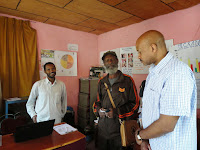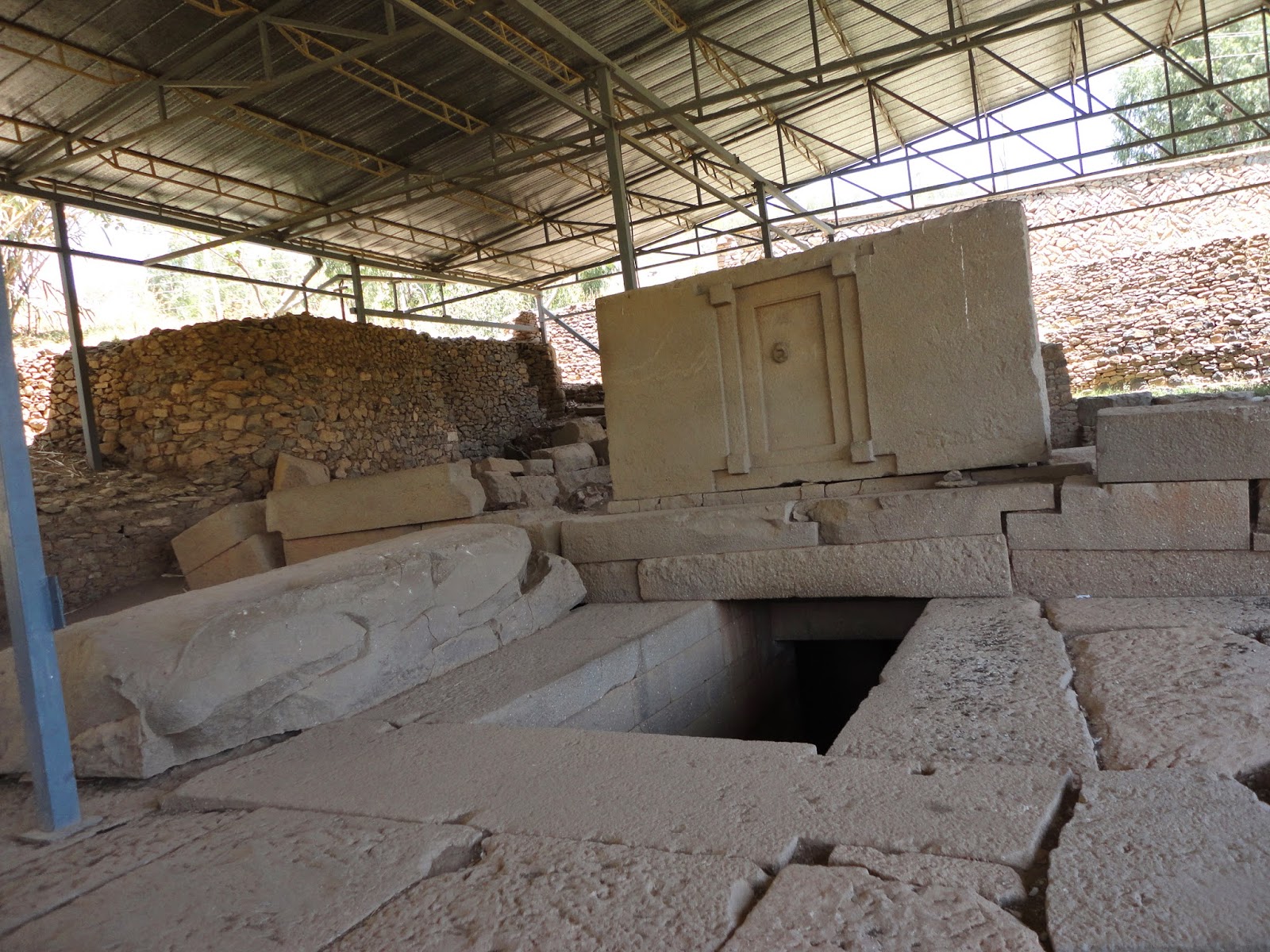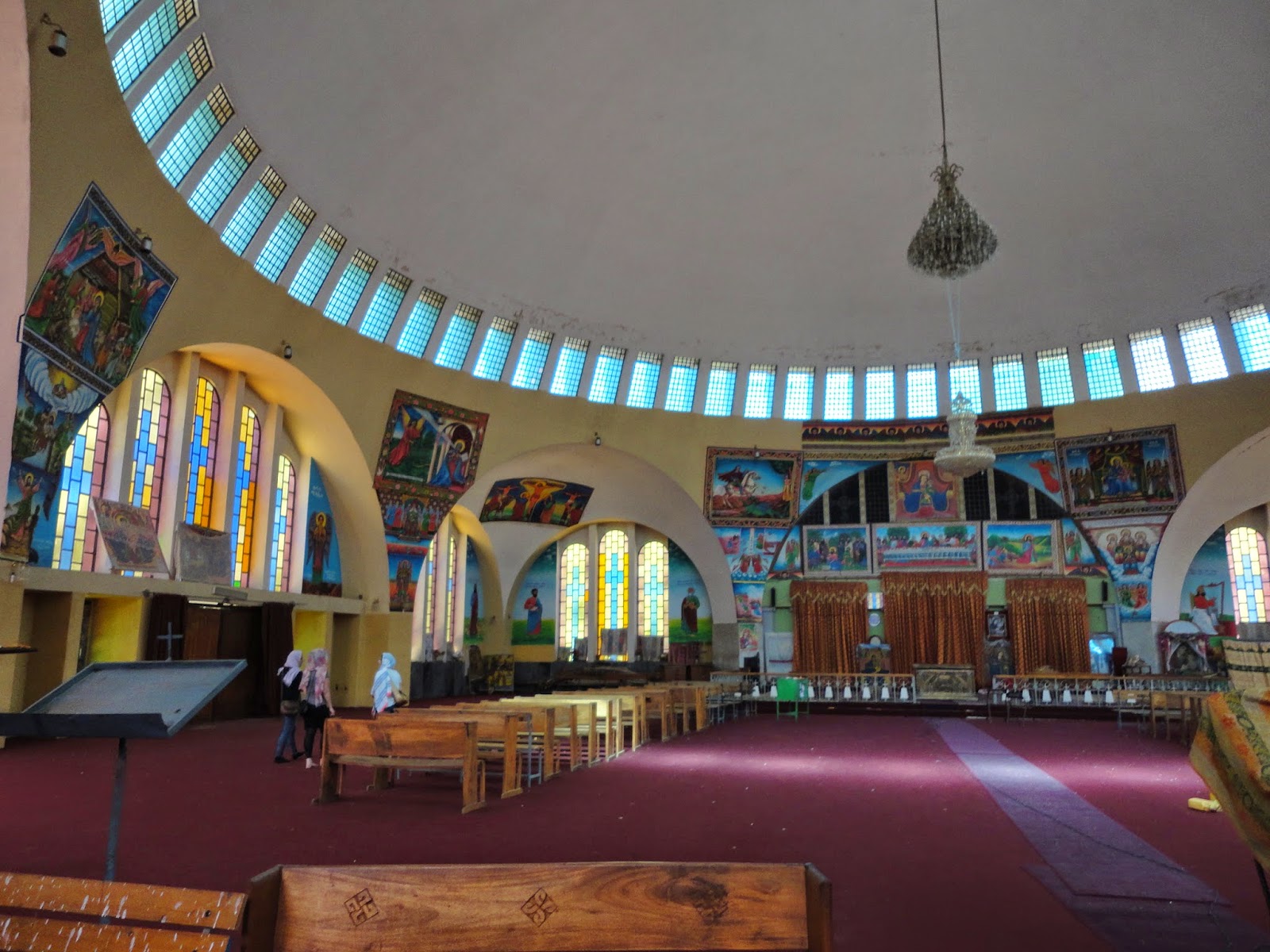Ethiopia holds a special place in the hearts of many Jamaicans including me. So when I had to visit Ethiopia, to help my husband on a work mission recently, a burst of excitement and anticipation consumed me as finally I could now see this place!
Among the places we visited were Shashamane - home to over 200 Rastafarians of Jamaican roots; Aksum - where we saw the ruins of the ancient city of Aksum which was once the heart
of ancient Ethiopia, when the Kingdom of Aksum was the most powerful
state between the Eastern Roman Empire and Persia.
Here are a few pics
Touring the school built and run by the Jamaica Rastafarian Development Community (JRDC)
.
Another school run by Sister Angie

Temple of Priest Paul
Mission accomplished!
Grabbing a bite!
This is Ethiopian goatmeat with Injera
Aksum
Brief Overview (Taken from Unesco's site - http://whc.unesco.org/en/list/15)
Situated in the highlands of northern Ethiopia, Aksum symbolizes the
wealth and importance of the civilization of the ancient Aksumite
kingdom, which lasted from the 1st to the 8th centuries AD. The kingdom
was at the crossroads of the three continents: Africa, Arabia and the
Greco-Roman World, and was the most powerful state between the Eastern
Roman Empire and Persia. In command of the ivory trade with Sudan, its
fleets controlled the Red Sea trade through the port of Adulis and the
inland routes of north eastern Africa.
The ruins of the ancient Aksumite Civilization covered a wide area in
the Tigray Plateau. The most impressive monuments are the monolithic
obelisks, royal tombs and the palace ruins dating to the 6th and 7th
centuries AD.
 |
| Stelae Park with many ruins |
 |
| Very good tour guide - unfortunately I don't remember his name. We booked through Travel Ethiopia and he is one of their guides. |
 |
| John and the guide talking about the largest stelae which is now fallen. |
 |
| Chamber below the stelae |
 |
St Mary of Zion church built in the 1960s
|
 |
| Museum being built as the home for all the artefacts - still being discovered |
 |
| The old church. I wasn't allowed to go in - men only. It is said that the Ark of the Covenant is on this compound. |
 |
| John went in and took a few pics |
 |
| Virgin Mary and child |









































































